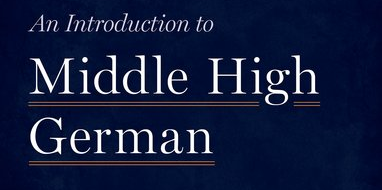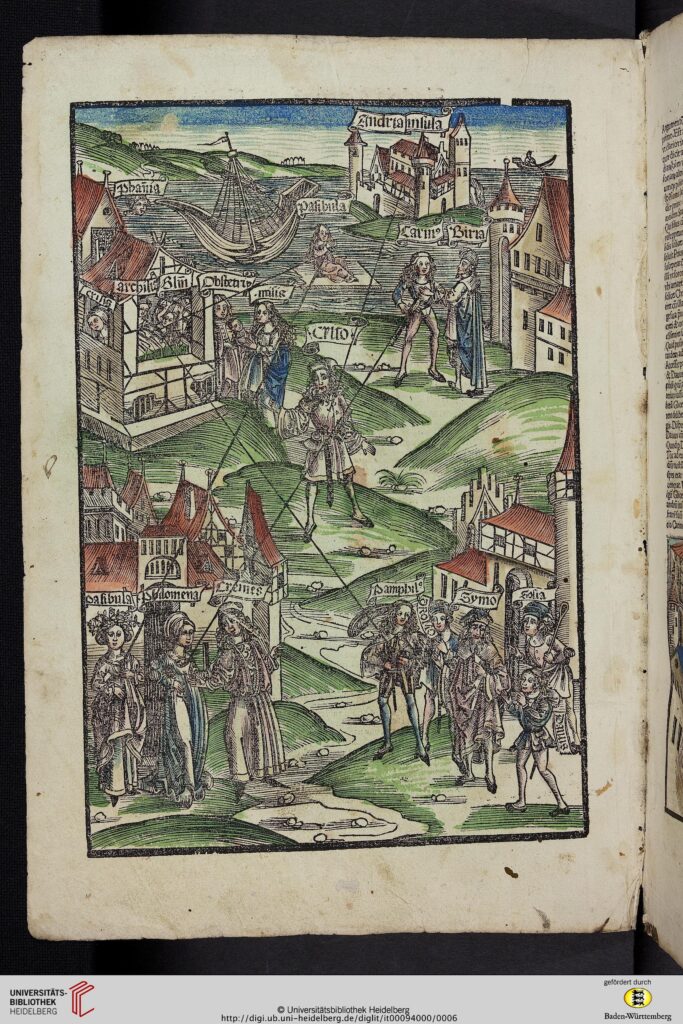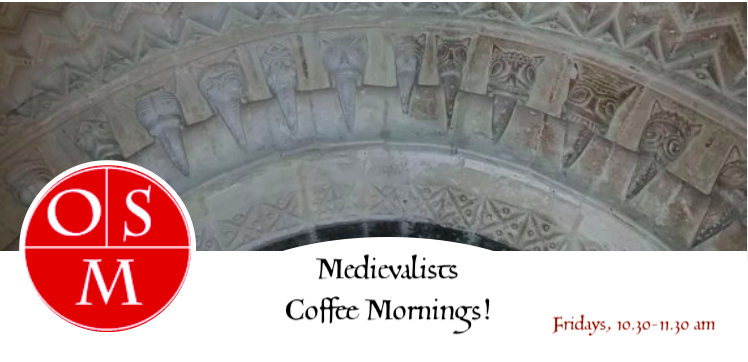The Humanities Division Interdisciplinary Master’s Programmes are advertising an Academic Mentor & Communications Officer Joint Position for the MSt in Medieval Studies and Oxford Medieval Studies (OMS). The deadline for applications is 2 September 2024. For an insight into the duties involved, read the blog post by two previous postholders, Dr Luisa Ostacchini: A Medieval Monologium, and Dr Karl Kinsella Heralding Oxford Medieval Studies.
The role of the Academic Mentor is to support the work of the programme convenors by fostering a group identity for the incoming cohort of students. The Academic Mentor will make an important contribution to the experience of students on this course.
The role of Oxford Medieval Studies (OMS) Communication Officer is to prepare the termly Medieval Booklet, send out a weekly news bulletin, and coordinate graduate students working with OMS.
The position will be offered for one year in the first instance. The holder will be expected to work 64 hours during Michaelmas term and 56 hours during each of Hilary and Trinity terms (for a total of 176 hours over the year). The hours should be divided flexibly between the MSt and OMS portions of the job, with a typical split of two-thirds MSt and one-third OMS. The remuneration offered is at point 7.1 of the casual pay spine; in 2023-24 this was £18.98 per hour.
Duties of the joint position
The role of the Academic Mentor is to:
- help foster a sense of group identity and cohesion
- contribute to the research mentoring and professional development of the students during the course
- establish an informal space for group interaction
This will involve:
- directing students towards relevant events and activities and helping them to navigate sources of information, including signposting to relevant learning opportunities and skills development provision
- providing information and guidance on academic choice, including programme options and further study
- discussing with students their future plans (whether professional or academic) and offering appropriate guidance by directing students towards relevant offices in the University
- leading group discussions of academic and professional topics as may be relevant, depending on students’ needs
- providing appropriate guidance on drafting research proposals for doctoral applications
- coaching students in study skills (e.g., writing)
- readiness to serve as ‘a helpful ear’ to students’ academic concerns or anxieties, liaising with the convenors where appropriate and/or where the mentor’s own concerns arise about a student. The mentor will not act as a welfare officer; however, they are advised to consult the convenors or the course administration should welfare issues arise so that students may be directed to the proper sources of support
- The role will support the more formal work of the programme convenor to whom the Academic Mentor should report regularly and consult for guidance on offering advice to students (e.g., on University procedures)
The above is meant to act as a broad guidance; it is expected that the role will be flexible and responsive to the needs of individual cohorts.
The role of OMS Communications Officer is to:
- Prepare the termly Medieval Booklet for publication two weeks before term starts
- Write and circulate a weekly OMS email news bulletin
- Coordinate graduate students working with OMS as events and social media officers
- Help to administer the medieval.ox.ac.uk blog and the mailing list
- Encourage graduate participation in blogging, application to OMS small grants, and so on
- Work with the Directors of Oxford Medieval Studies to promote medieval studies
We welcome applications either from postdoctoral candidates, or candidates with relevant experience. Depending on availability and expertise, there might be scope for some collaborative teaching (for which additional payment would be made).
How to apply
Please write a letter of application outlining your suitability for the role, and send it, together with a CV, to interdisciplinary@humanities.ox.ac.uk by 2 September. Please ask two referees to send their references to the same address by the same date. Interviews for shortlisted applicants will take place in late August, and successful applicants will be expected to start from the beginning of Michaelmas term 2024.
















